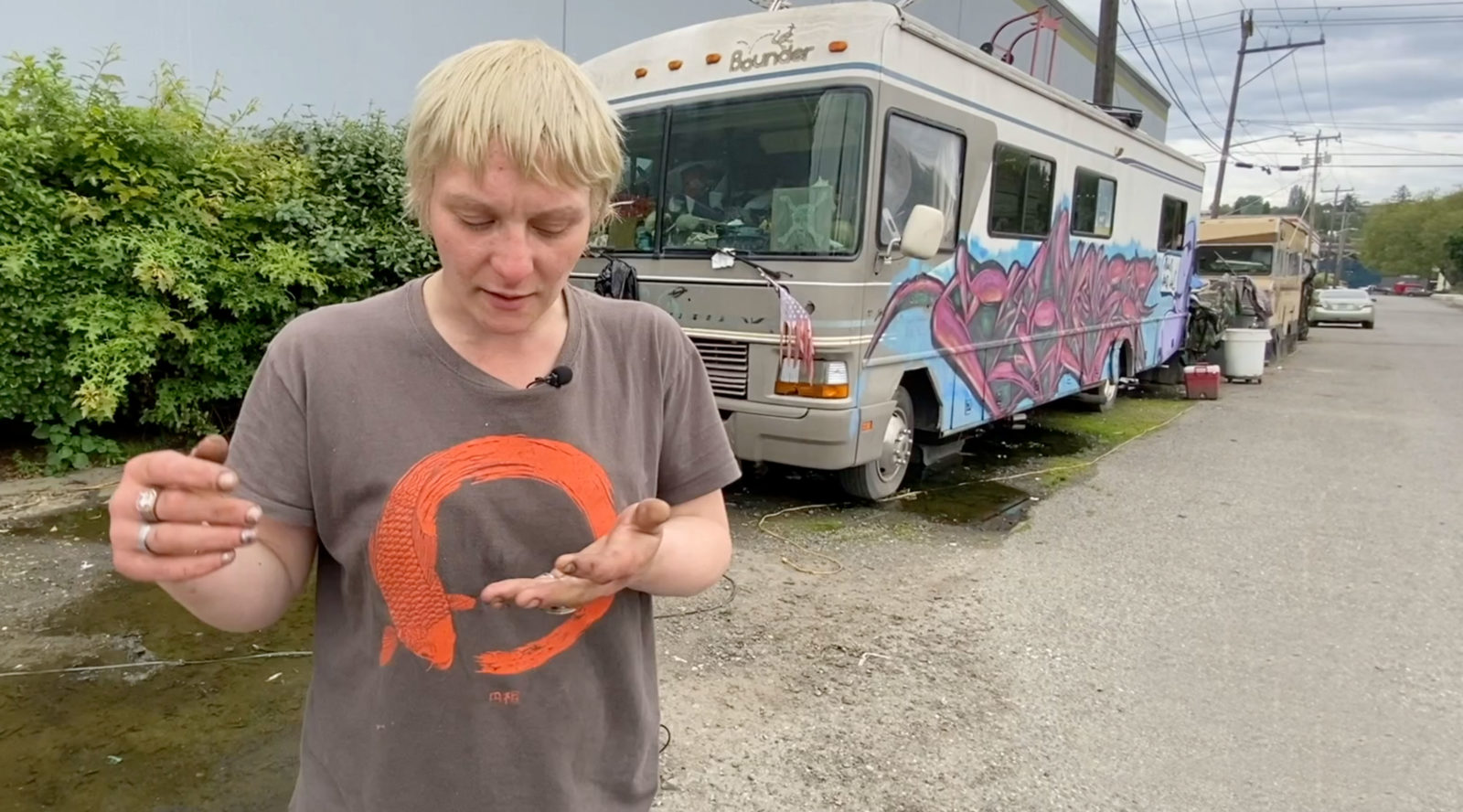


It’s Friday, and Meth’s No Fun Any More
Let’s go back to the campus of the Orange County Rescue Mission (OCRM), where each formerly homeless student wears a lanyard that holds up an electronic ID card. The card is a key for his or her bedroom but also tracks whether and when the students show up at their class or work assignments. Freshmen — students in the first 3-5 months of what is typically an 18-month program — go through assessments of physical and mental health, educational and legal status, computer skills and financial understanding. They participate in therapy groups, work through three books in a Design for Discipleship series, and wear yellow lanyards. Sophomores wear green lanyards, get all the documents and character references they need to Read More ›

Wesley J Smith on the Origins of the Homelessness Crisis
Wesley J. Smith joins Dr. Elaina George on Liberty Talk to discuss the origins of the homelessness crisis. Listen to the podcast episode below:

The Lowest Depths
Back to California. Maxim Gorky’s The Lower Depths, first staged in 1902, focuses on run-down people living in a flophouse: Vaska the thief, Nastya the prostitute, Luka the tramp, and Kvashnya the meat-pie seller, along with a downwardly-mobile baron, a suicidal actor, and others equally miserable. But in the play, at least temporarily, they are alive and conscious. If fentanyl had hit Russia then, even famed Moscow Arts Theater director Konstantin Stanislavski would have been stymied in creating some dramatic action: Users of the synthetic opioid are often inactive, with stiff limbs. Gorky portrayed lower depths, but fentanyl drops users in San Francisco’s Tenderloin district into the lowest depths, close to death. I’ve walked many crime-ridden areas by day, but Read More ›
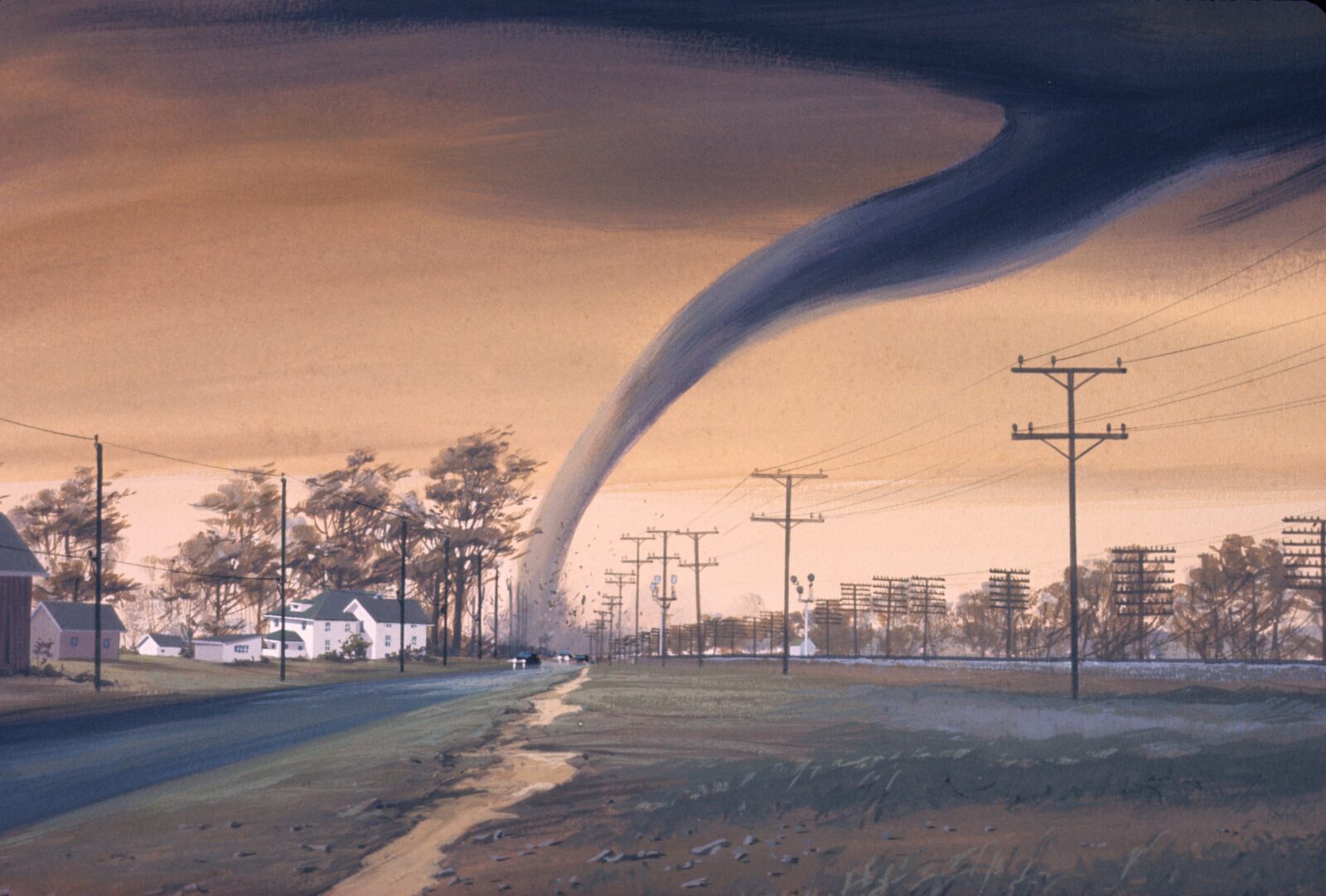
Homeless by Tornado
Perryton, a Texas panhandle city of 8,000, sits 17 miles south of the Oklahoma state line. Until June 15 it had almost zero homelessness, because two of the major causes of homelessness — overwhelming addiction and high housing prices — were not present. On June 15 a tornado wiped out 418 homes, more than ten percent of Perryton’s housing stock — and it still had no visible homelessness, as measured by people sleeping on the streets or in shelters. (There isn’t one in Perryton.) How can that be? I’ve just visited Perryton, so I’ll take a time-out from my California series to report on what happened and what hasn’t happened. I’ll come back to San Francisco and Orange County in Read More ›
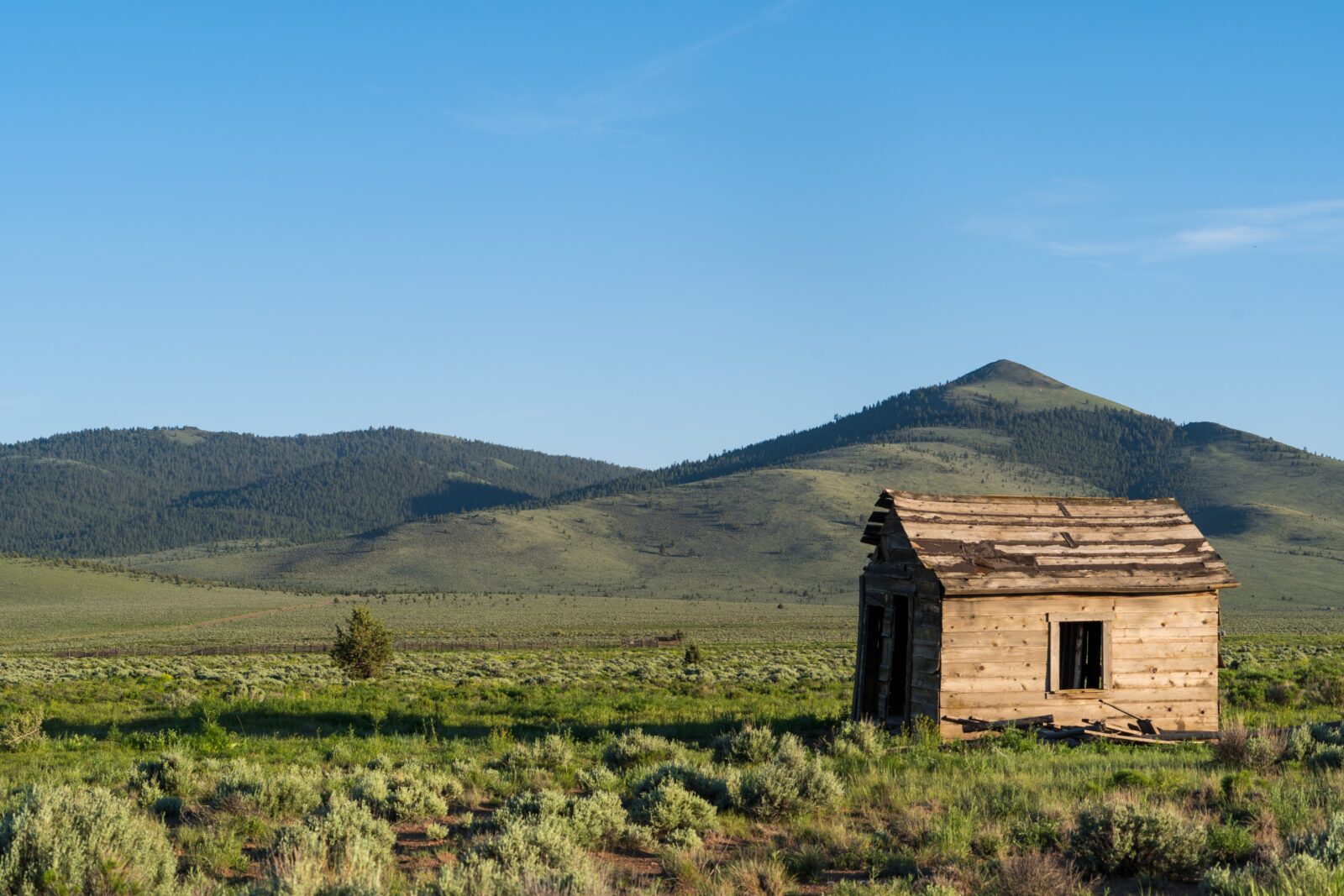
Mixed Messages on Homelessness
Pundits who write about homelessness should recognize that America in this decade does not have 20-20 vision on the subject. My column last week analyzed a celebrated short story in which a homeless Native American and his friends haven’t changed at all, but the city of Seattle celebrates. If you’ve been watching Jonathan Choe’s videos on this Fix Homelessness website, Seattle’s homelessness crisis is not something to cheer. But in a New Yorker short story, the Noble Savage and his alcoholic crew can live happily ever after. Some writers cheer on homelessness, seeing it as a way to live off the land, hunting for sustenance. There are parallels between the way European Americans dealt with Native Americans two centuries ago Read More ›

Homeless in Seattle — in fiction
In 1993 Native American writer Sherman Joseph Alexie Jr. published a short story collection titled The Lone Ranger and Tonto Fistfight in Heaven. In 2003 he publisherd in The New Yorker an Alexie short story, “What You Pawn I Will Redeem,” that was one of the top three stories of the year, according to the prestigious O.Henry Awards. It has been anthologized and assigned to thousands of high school students. Although all the action is within one small area of Seattle, it’s a culturally important meld of the Noble Savage and Happy Hobo traditions I wrote about last week. The story begins, “One day you have a home and the next you don’t,” and then quickly identifies the narrator/hero Read More ›
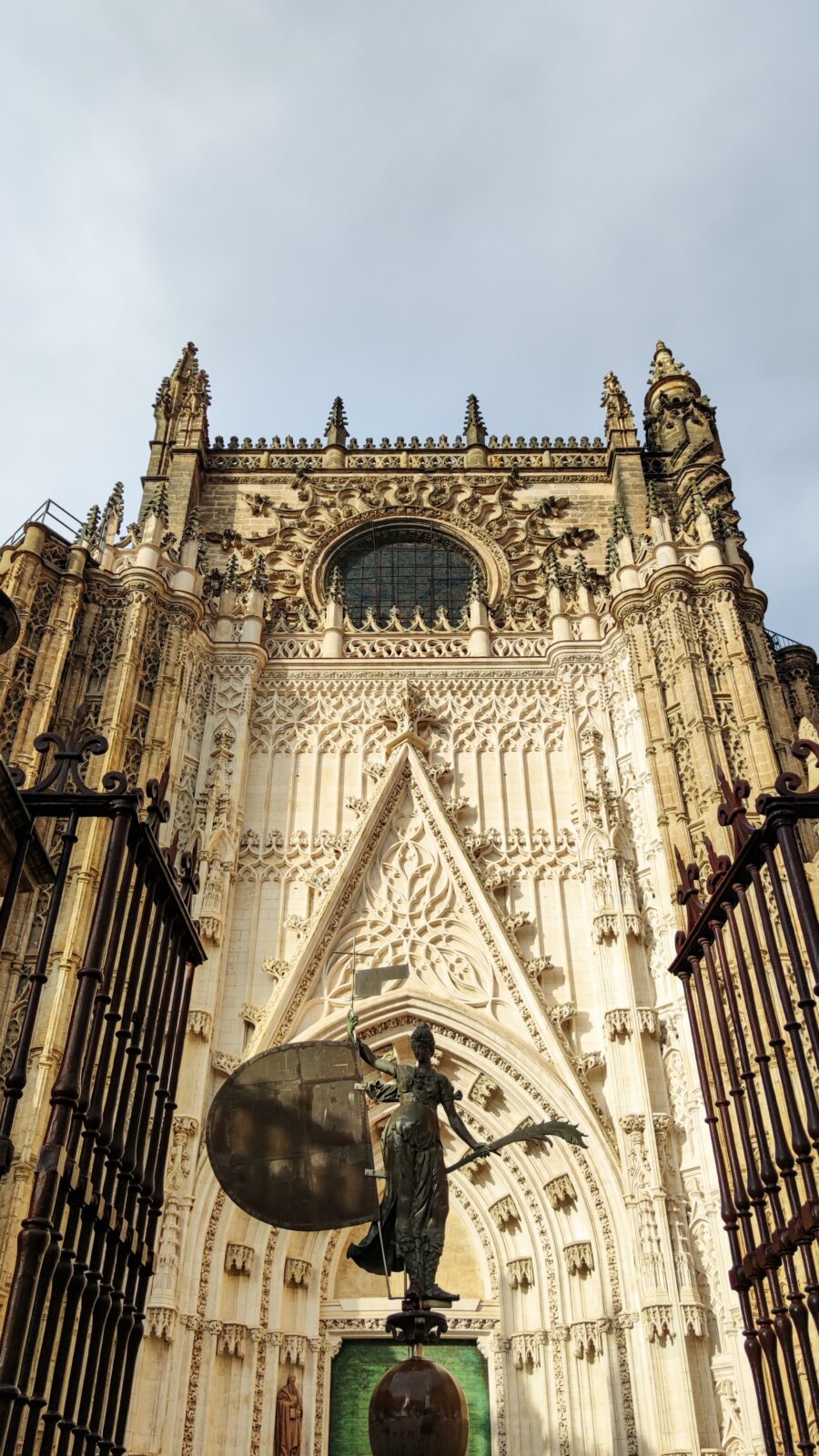
Buying Prayers, Building Cathedrals
This year is the 500th anniversary of the death of Hermann Zierenberg. The wealthy man’s will in 1523 revealed he had set aside money so that each year on the anniversary of his death homeless people would pray for his salvation and purportedly save him years in purgatory. As Zierenberg was dying, though, the tradition of buying prayers to reduce purgatory time was dying out in much of Europe. One agent of change was Martin Luther, who said purgatory does not exist, so prayers for beloved ones to escape it are a waste of effort. Another was the enormous cost of grand cathedrals. I visited several years back the Seville Cathedral, known as the third-largest church in the world. It Read More ›
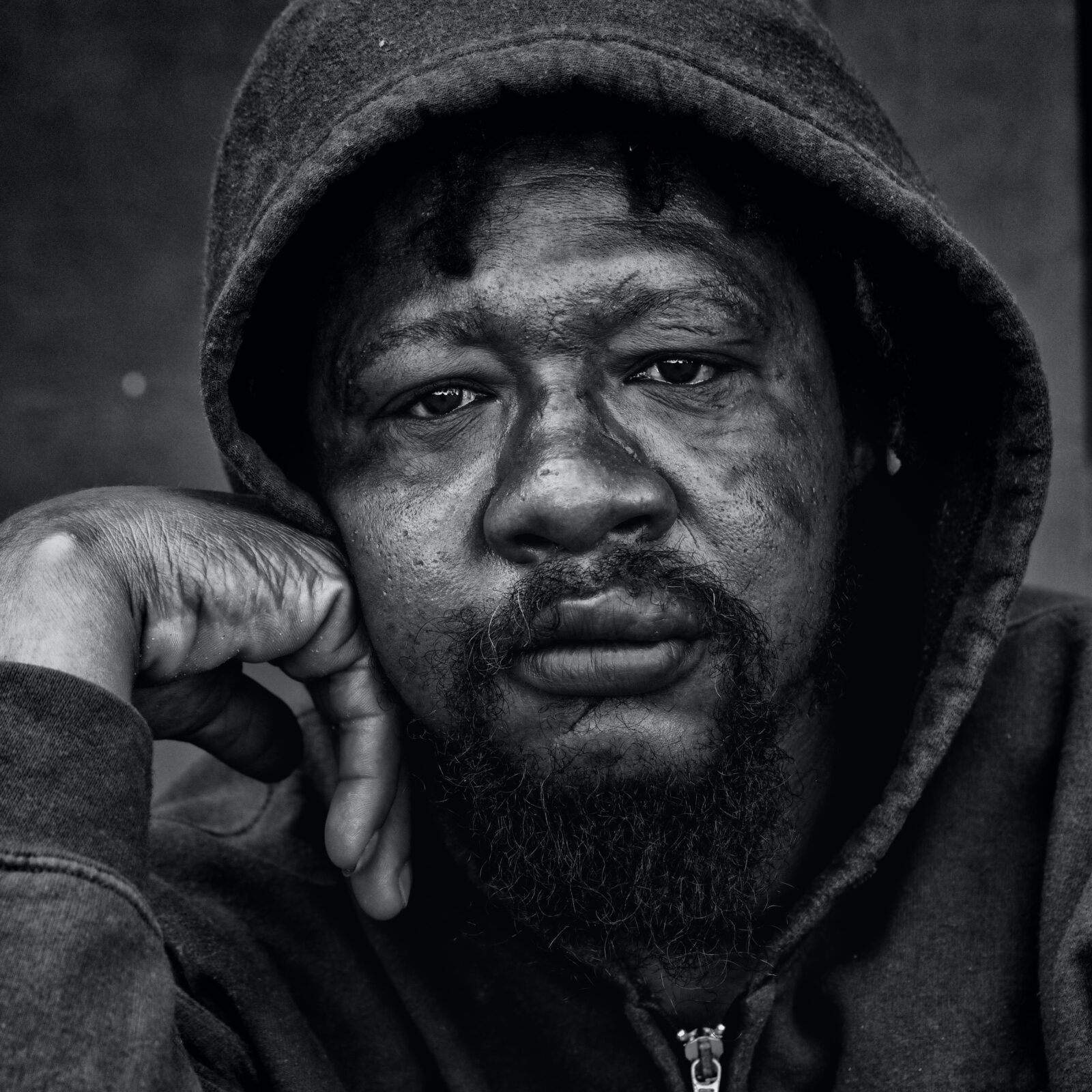
Understanding the Homeless Debate
This column begins year two of my weekly writing specifically about homelessness: 52 down, 52 to go, and then it’s time to turn columns into a book. People new to the homelessness debate often find the recommendations of various groups confusing. So here’s a simplified, maybe over-simplified means of understanding the big four prescriptions: Let’s unpack this. Housing First advocates in government and at the National Alliance to End Homelessness say homeless individuals should receive permanent housing with no questions asked: They cannot be required to address their alcoholism or addictions, nor should they be pushed to meet with mental health professionals or take any medications. Further, Housing First emphasizes “client choice” regarding the housing that is offered: Those who Read More ›
